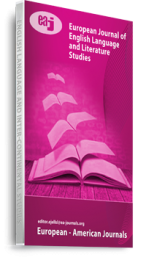Some critical theories have evolved over the years following Plato’s inauguration of enquiries into the nature and value of literature. Some of them are mimesis, pragmatism, autobiography, and so on. Each theory covers a certain province in the universe of literary creativity and criticism. Mimetic theory for instance is concerned with literature as imitation; and pragmatic theory seeks to ascertain the effect of literature on individuals and society. Autobiographical theory dwells on the creative writer and their inspiration; and Reader Response theory describes the position of the reader in the creative process; while formalism designates and treats the text as an autonomous entity. One aspect of literary creativity and criticism, intertextuality, has however not been given so much attention despite its enormous presence in the arena of modern literary practicum. Foregrounded by German Julia Kristeva as a vital aspect of literary creativity, intertextuality designates a literary text as a field for the display of influences by some other texts written before it. This study undertakes a critical validation of Kristeva’s postulation with an intertextual survey of the world of Chimamanda Adichie’s Purple Hibiscus. It was discovered that Purple Hibiscus shows evidences of her having read innumerable literary texts prior to her writing it, so that the novel demonstrates identifiable inter-textual relationship with a lot of other literary works written before it.
Keywords: Chimamanda Adichie, Chinua Achebe, Intertextuality, Julia Kristeva, Purple Hibiscus

